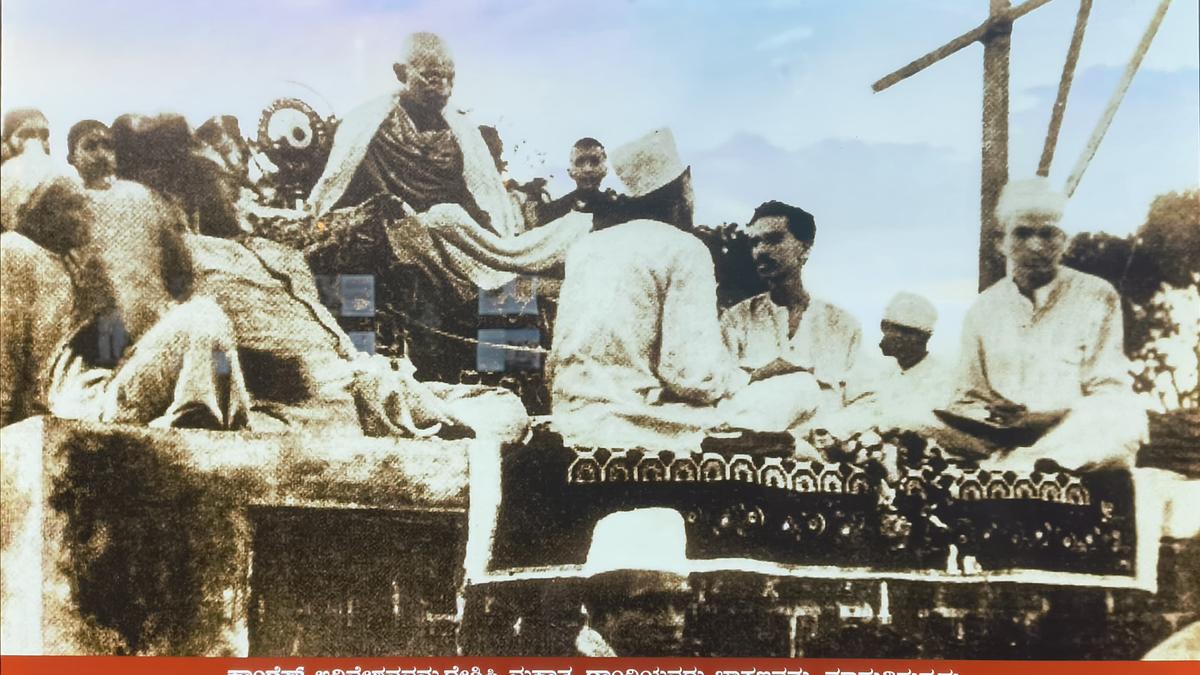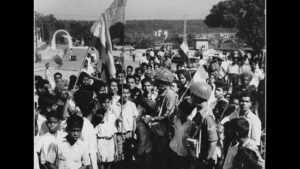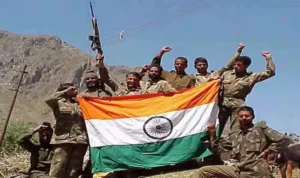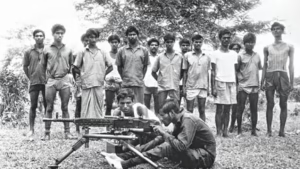The centenary of the 1924 Belgaum Congress Session serves as a reminder of Gandhi’s unifying vision, rooted in non-violence, Swaraj, and the need for social harmony. For UPSC aspirants, understanding this period of India’s history is crucial for grasping the philosophical foundations of the Indian freedom struggle and its relevance to modern-day governance and political thought. Gandhi’s ideas continue to inspire not only political leaders but also civil society movements that advocate for social justice, non-violence, and inclusive development.









